DS Automobiles was officially spun off from Citroen in 2014, it was 2018 before the DS7 Crossback compact SUV, Citroen’s first brand-specific model, went on sale. The DS name however goes back as far as 1955 where the Citroen DS was first unveiled at the Paris motor show. At the time the styling was considered futuristic and quite a departure from the norm. Now in 2022 we have a lot of competition in the SUV sector, each manufacturer trying its best to stand out. The DS7 is currently the top of the DS tree (until the DS9 comes along later this year), it’s considered a posh/premium SUV.
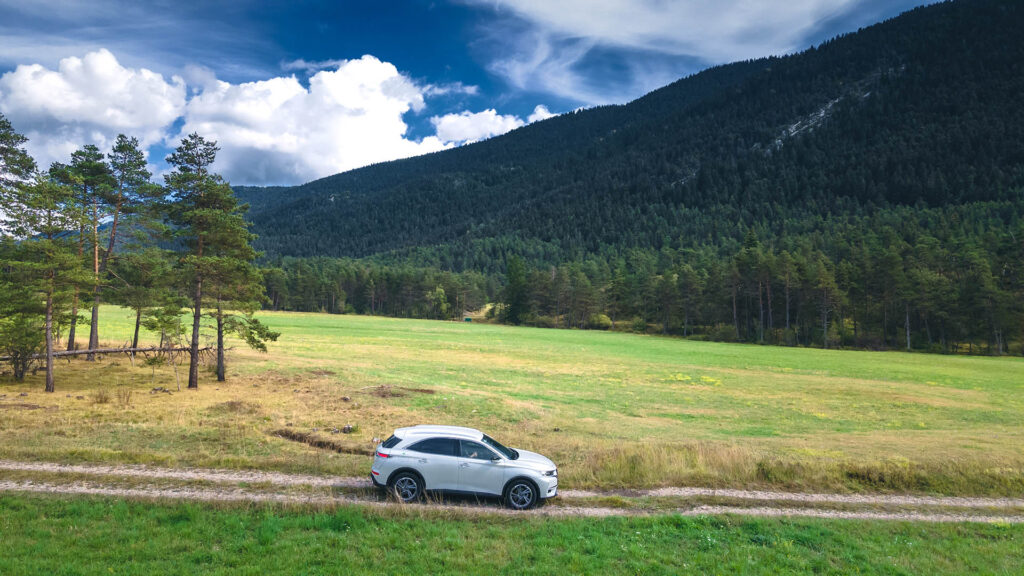
Special mention : Quirky French design stands out with runabout hybrid electric range. Alcantara interior adds to premium feel. The rear bench has a neat trick, you can move the back of the 60/40 split rear bench with a button located oddly beside the window button on the rear passenger door. The split boot compartment comes in really handy when the car is fully loaded and you’ve been for mucky walks, it’s a great place to store shoes without dirtying your luggage.
Needs work : Hybrid reduces cabin space, petrol is fluid and diesel will go forever but needs more to enthrall. If they could incorporate some driver dynamism into the chassis without loosing the comfort, it would up the premium SUV ante. Seats are comfortable, could do with more ways to adjust.
| BHP 225 HP | Petrol / Electric / Auto |
| 0-100 km/h in 8.9 seconds | Road Tax €140 |
| Price: €45,795 Prestige 220 : €58,940 | Boot space 511 / 1,752 litres Range <50 km |
The DS7 goes up against rivals from Lexus, Volvo, Jaguar and CUPRA and to look at, it certainly has its standout design. Like a lot of premium cars it’s the details that really make the design. Firstly there are the crystallized LED lights that perform to greet you as you unlock the car. There are subtle creases in the bonnet which denote sculptural fluidity through the design and a few strong character lines that run along the waistline of the vehicle give it a bit of presence. There’s a few dashes of chrome and the diamond cut alloy wheels finish off the design nicely. These intricacies of the DS7 Crossback give it so much more character than is found in its Japanese counterpart.
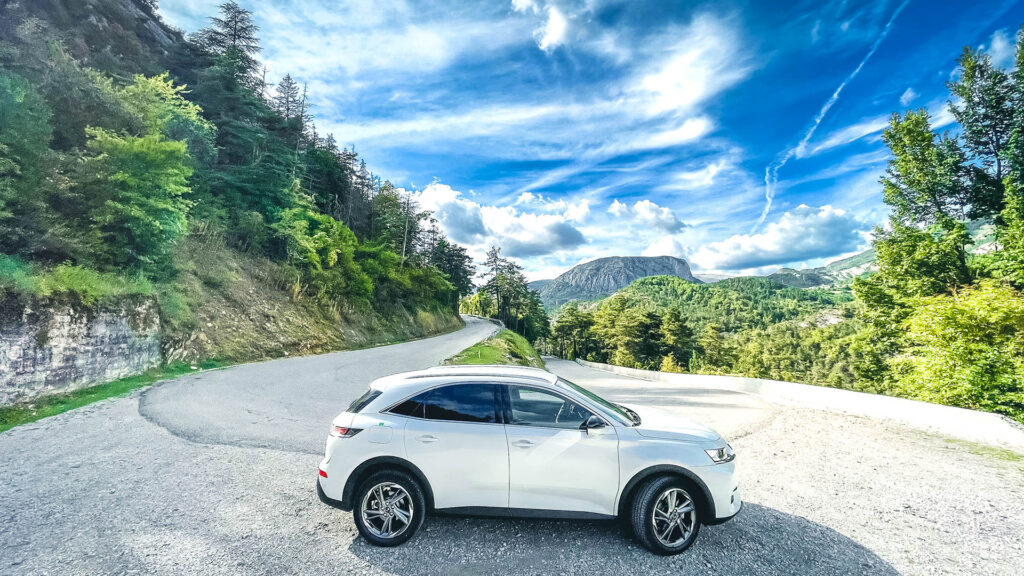
The interior is a celebration of avant-garde individuality, a unique place to sit especially in the prestige models where you get the watch strap leather heated seats that massage and there’s the big bowed dashboard trimmed in nappa leather which has a very luxury feel. The central analog clock swivels and reveals itself as you hit the ignition. There’s a central bank of metallic buttons all sculpted like shards and on the console the large panel includes digital instrumentation which is customizable. The standout display in this car is the 12.5 inch touchscreen infotainment system which allows for displays of intricate graphics, larger buttons and easy to read text. It certainly elevates the cabin although it’s not necessarily the fastest system to respond and some features are hidden deep within the menus.
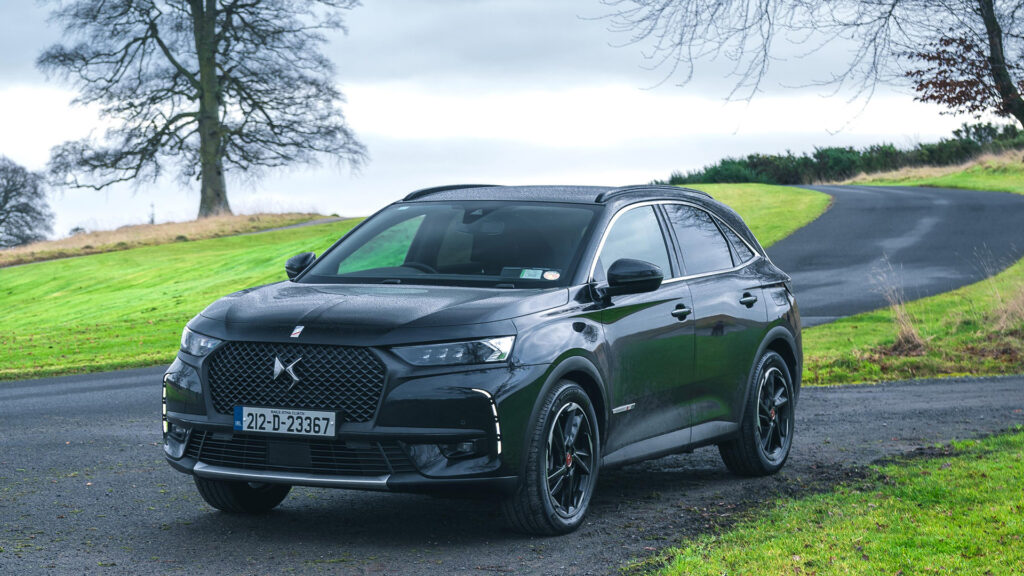
The good news is that you can plug your phone in and use Apple Carplay straight away. ultra prestige cars get the glass panoramic roof which really opens up the cabin. There are a few harder scratchy plastics to be found around the interior but it’s fair to say that some of its rivals are guilty of the same crimes. Rear passengers have plenty of space to stretch out with generous legroom and the middle passenger doesn’t have a large transmission tunnel impacting on their foot space too much. Headroom is pretty good but models with the glass panoramic roof do make some sacrifice. You open the electric tailgate to reveal 555 litres of space with a wide opening to load bulky items and the boot floor can also be lowered for extra storage.
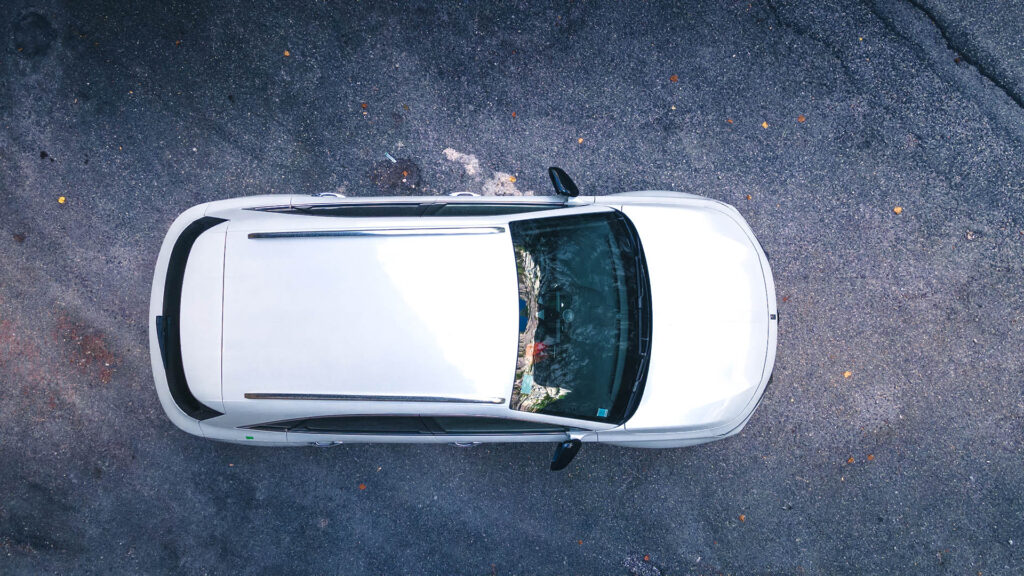
This e-tense variant of the DS7 is a PHEV or plug-in hybrid electric with 225hp. In this case there’s a 1.6 litre four-cylinder engine. The all-wheel drive petrol engine produces 197 brake horsepower while the electric motors contribute 109 brake horsepower for a total of 296 brake horsepower with 450 newton meters of torque. For an SUV that’s some quite punchy performance as it’ll do 0 to 100 km/h in 5.9 seconds and go on to a top speed of 240 kilometres per hour which isn’t exactly slow. It’s pretty good considering this car weighs near two tonnes. The hybrid version can do the sprint in around 8.9 seconds and it’s happier when you gently press your right foot instead of pounding it.
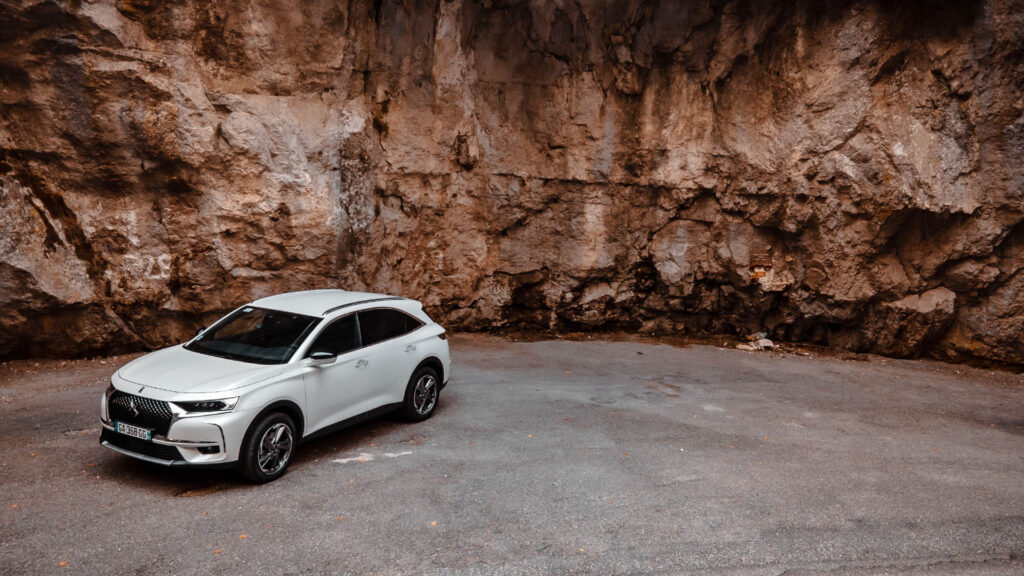
With most plug-in hybrids you’ll find a series of drive modes. For pure electric mode it solely relies on the car’s electric motors meaning that it doesn’t have the most get up and go in this setting but it quietly wafts along. It creates a serene, peaceful environment and just as you would expect with all electric hybrid cars, it really is pleasant whenever you’re going around town to just not have that gargle and grumble of a diesel engine. Without that diesel vibration you sail along the road in a more peaceful and civilised way which suits the nature of this luxury car. You can stay in the car’s pure electric mode up to 130 kilometres per hour meaning that motorway trips and short commutes can be done within the electric range.
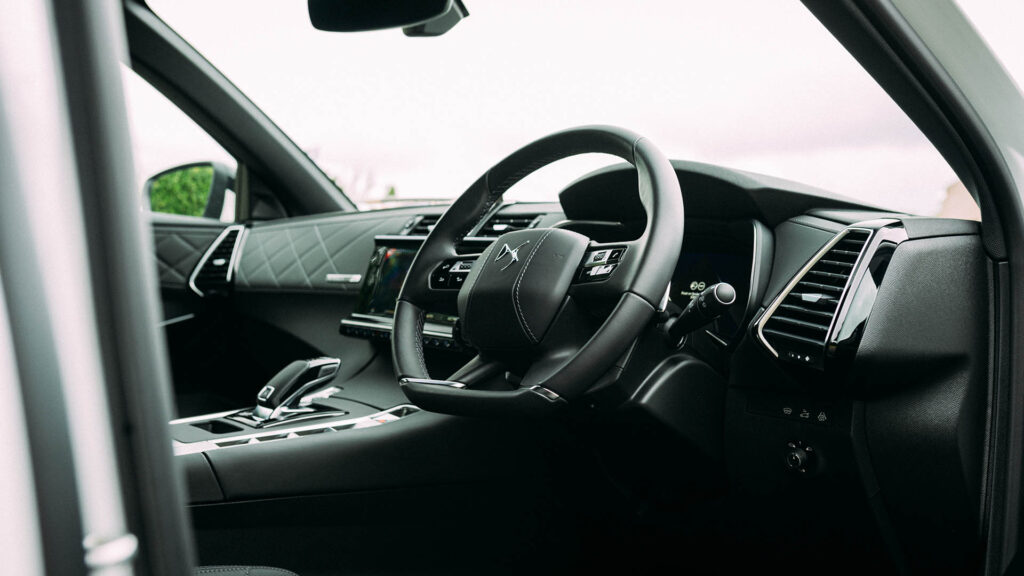
DS claims there’s about 55 kilometres from a full charge although the most we’ve seen is closer to 40 kilometres and while it is cold right now, that’s still some way short of its claimed battery range. The car’s 13.2 kilowatt hour battery can be charged via a seven kilowatt wall charger and that takes about four hours for a full charge or if you can find a 22 kilowatt fast charger in public spaces, reduces that to about two hours. The e-save mode allows you to save or store some electrical energy for maybe a town or city. Further along in a journey you can also force the petrol engine to charge the battery on the go meaning that you arrive at your destination with a full battery if there’s no charger available there. The car’s hybrid setting combines its combustion and electrical power for the best possible efficiency and there’s no denying it is brisk in this setting where it can make the most of the horsepower available.
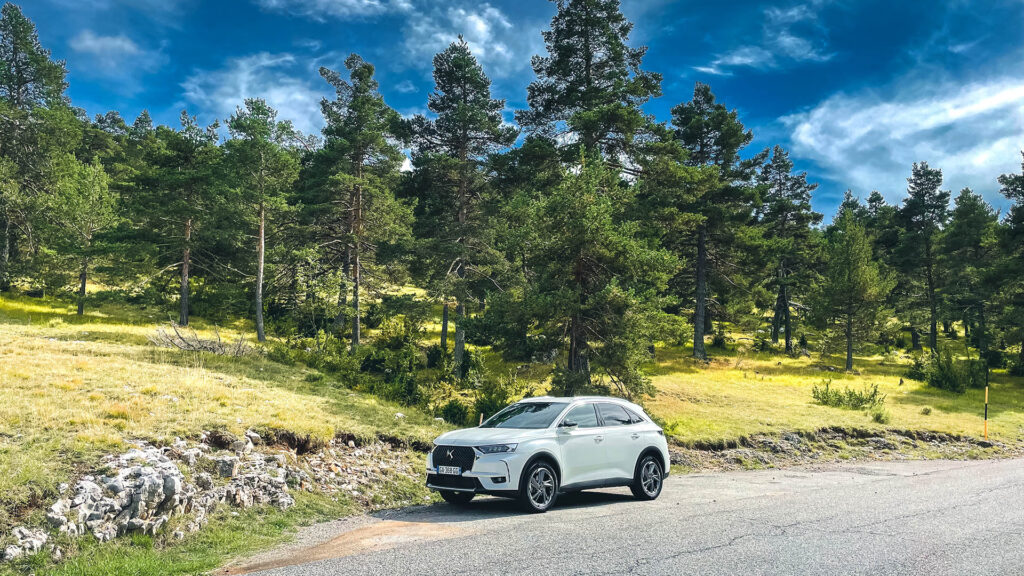
It’s quick but the eight-speed automatic transmission is better left to its own devices. It is quite smooth, you can select gears via manual paddles on the wheel, though it does get a bit lost, the changes are a little bit hesitant so you’re best to leave it in auto.
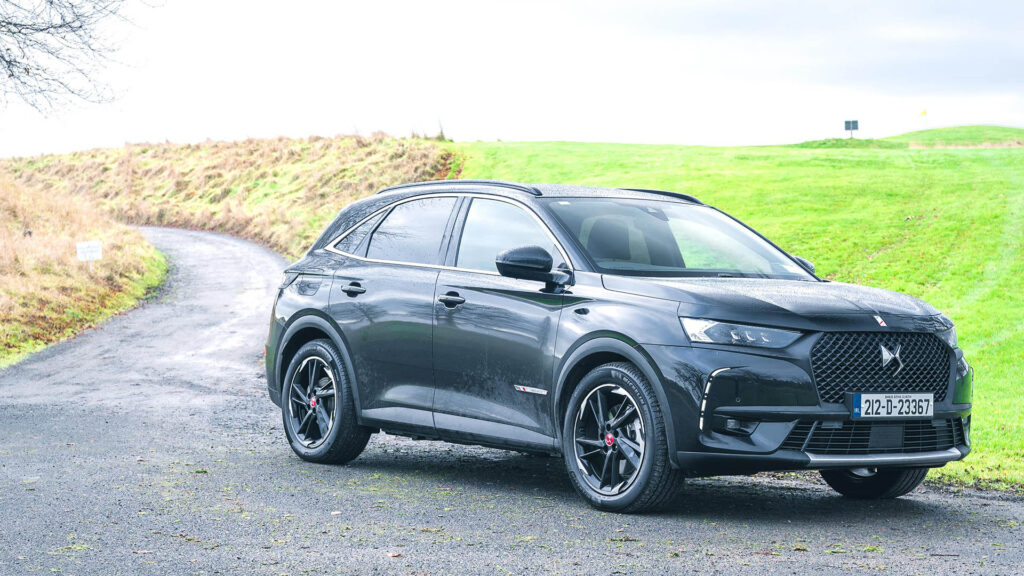
Less subtle is the transition between hybrid and petrol power or vice versa. Trundling along in slow traffic in battery mode, put your foot down to accelerate out of a junction or pick up where the traffic left off and it trickles along initially in electric. Then the petrol engine starts and it takes another second to engage, there’s a bit of a bump as the transition happens which can sometimes leave you a bit frustrated with your foot to the floor waiting for the power to come on and then it suddenly does and the car launches. Competitors such as Lexus, Jaguar and Volvo mastered this a long time ago so DS has some catching up to do.
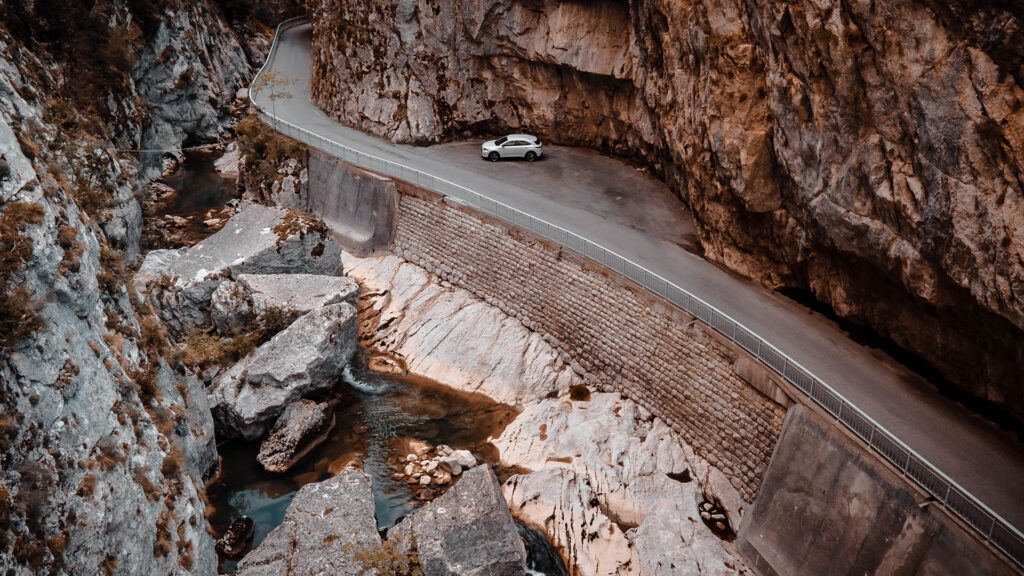
This being a big French luxury car, it doesn’t encourage you to use the performance. There’s a reasonable amount of body roll through the corners and not much feedback from the steering. You feel quite detached from what’s going on and that’s fine because that’s the environment it’s trying to promote. The fact that you’re in a luxury SUV that takes you to your destination in the most comfortable way possible is what the French have always done and will continue to do.
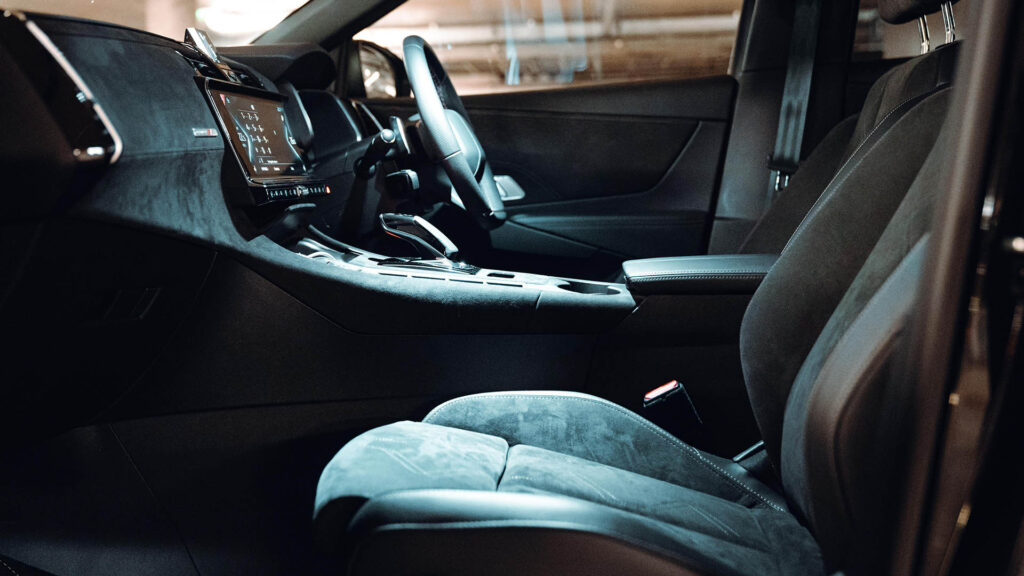
Having done quite a lot of motorway miles in the DS7, it’s genuinely comfortable. You can just sit back, set the cruise control, get the heated seats going and get on with it. However, venture off onto battered roads and the ride isn’t as soft and pillowy as you might expect. It is super comfortable and considering the pedigree of what Citroen’s previous luxury cars have accomplished, there’s some suspension modes to be proud of and some that need evening out.
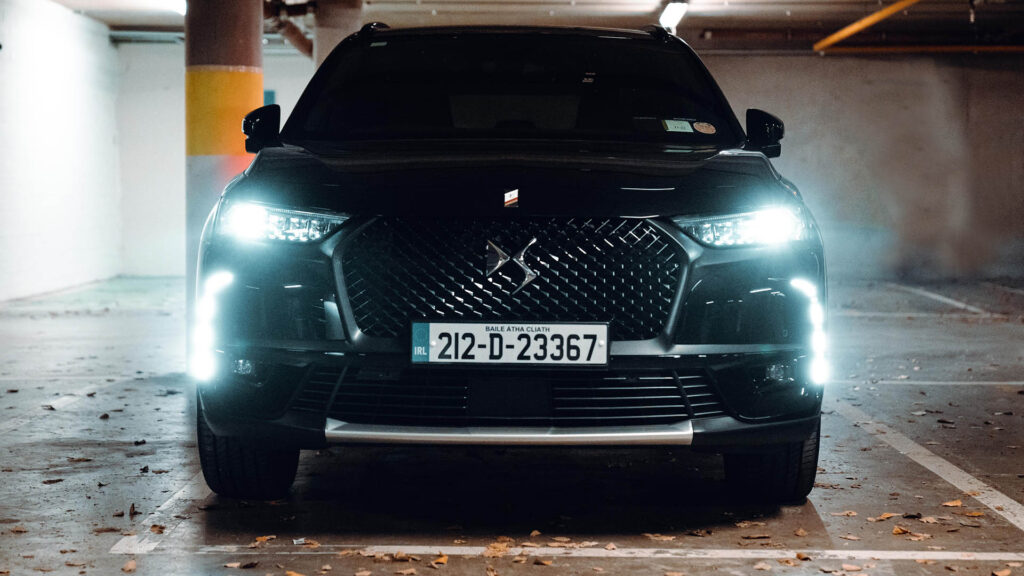
The times where it shines are specifically where the driver is tired and grumpy and just wants to get home. You get into it and its cosseting and comfortable, you relax and leave just as comfortable on the other side of the journey and that is a real asset of the DS7. The quirky French avant-garde design stands out and the interior is a nice environment to spend time in. Some of the packaging could be more robust but it is definitely something different. There’s something that goes beyond the hum drum of Lexus or Jaguar. it’s a commendable choice to buy something as characterful as the DS7 it’s not perfect but it is quite likeable. The DS7 Crossback represents an alternative choice for the premium SUV user, it’s stylish on the outside and it’s really bold styling on the interior makes you fall in love with the car’s Frenchness, its character and its desire to be bold and different in comparison to what many alternatives offer are what bring you to DS in the first place.
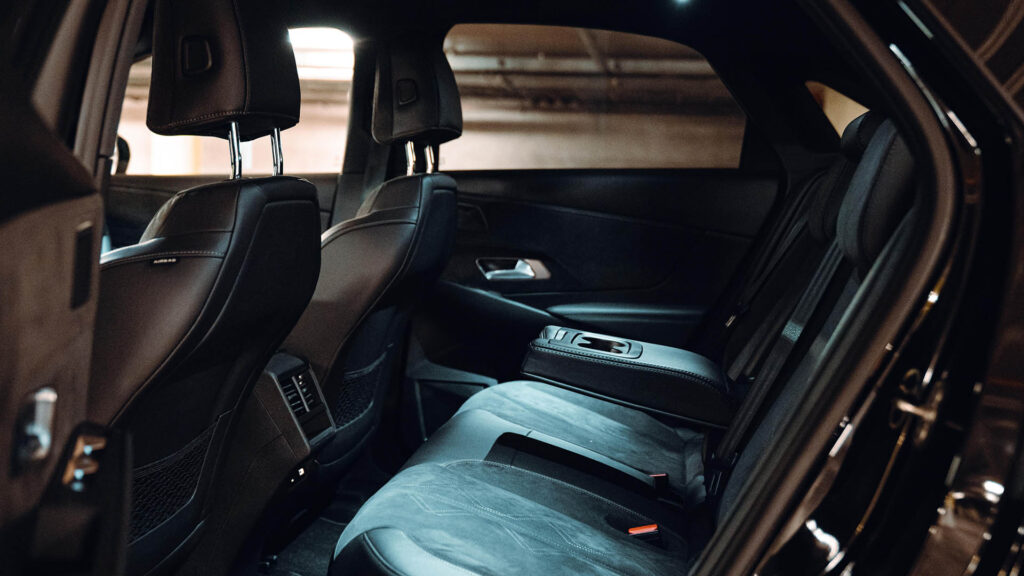
The DS7 starts at a respectable €44,995 however the e-tense plug-in hybrid Prestige model is €58,940 which is certainly a left field choice but the question is, will you dare to be different?
